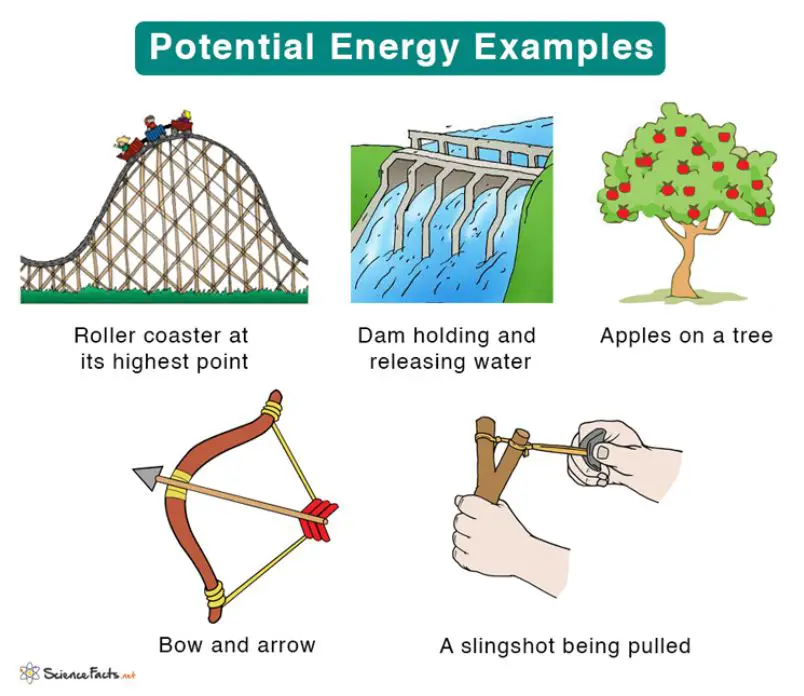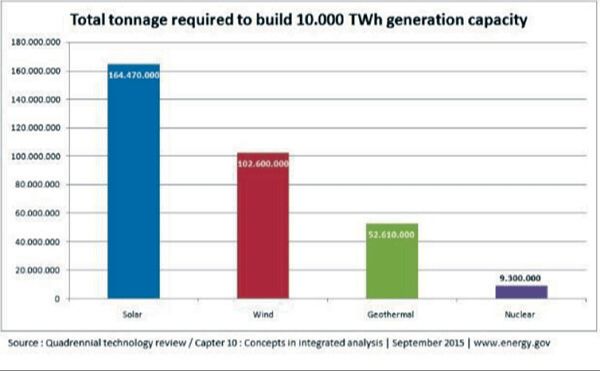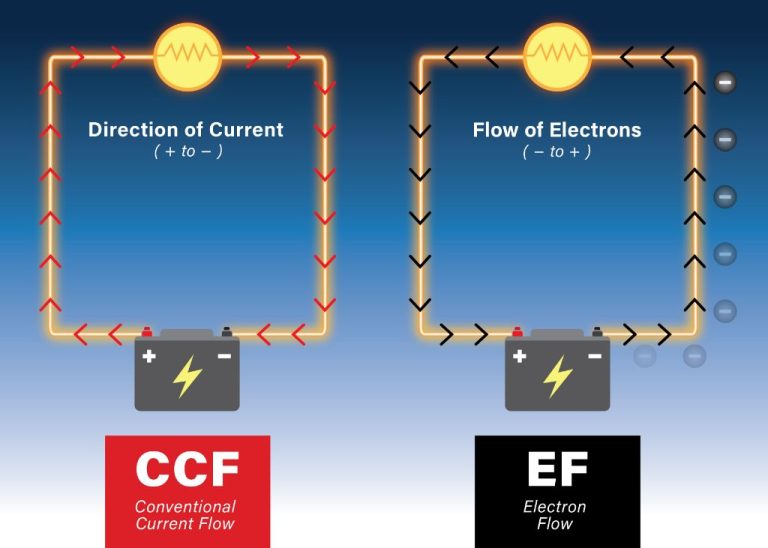What Is Classified As Potential Energy?
Definition of Potential Energy
Potential energy is stored energy that an object possesses due to its position or state. It is the energy an object has because of its elevation, configuration, or location within a force field. Potential energy refers to the capacity an object has to do work as a result of its position or state.
For example, a book sitting on a table has potential energy due to the effect of gravity acting upon its mass. If it falls off the table, the potential energy gets converted into kinetic energy as the book starts moving downwards. The potential energy gets used up as it falls because it gets converted to kinetic energy.
Potential energy is stored energy waiting to be released. It exists in various forms and can be transformed into kinetic energy when released.
Types of Potential Energy
There are several main types of potential energy that are important to understand:
Gravitational Potential Energy
Gravitational potential energy is the energy stored in an object due to its height above the ground. For example, a book sitting on a high shelf has more gravitational potential energy than the same book sitting on the floor. The higher the object, the greater the gravitational potential energy. The formula for gravitational potential energy is mgh, where m is mass, g is the acceleration due to gravity, and h is height.
Elastic Potential Energy
Elastic potential energy is stored in objects by stretching or compressing them. For example, a stretched rubber band has more elastic potential energy than a relaxed rubber band. Springs and bungee cords also exhibit elastic potential energy when they are stretched or compressed. The formula for elastic potential energy is 1/2kx2, where k is the spring constant and x is the displacement from rest.
Chemical Potential Energy
Chemical potential energy is energy stored in the bonds between atoms and molecules. Food, gasoline, batteries and TNT all contain chemical potential energy that can be released through chemical reactions. The amount of chemical potential energy in a substance depends on the types of molecules and bonds it contains.
Gravitational Potential Energy

Gravitational potential energy depends on an object’s mass and height above the ground. When you hold an object up, you are moving it against the pull of gravity. The higher it is, the more work you have to do against gravity. An object’s gravitational potential energy is equal to its mass multiplied by the acceleration due to gravity, multiplied by its height above the reference point. The reference point is usually ground level.
For example, if you hold a 5 kg object 2 meters above the ground, its gravitational potential energy would be 5 kg x 9.8 m/s2 x 2 m = 98 J (joules). The more massive the object and the higher it is lifted, the greater its gravitational potential energy. This stored energy can later be converted into kinetic energy if the object falls.
Elastic Potential Energy
Elastic potential energy is energy stored in compressed or stretched objects. When a spring, rubber band, or other elastic object is stretched or compressed, the atoms are forced out of their relaxed positions. The object wants to return to its natural shape, so it stores energy that can be released to do work. For example, a stretched rubber band has elastic potential energy that can propel a toy airplane. Similarly, a compressed spring in a clock or toy car stores energy that will be released as kinetic energy when the spring expands again.
The amount of elastic potential energy stored in an object depends on how far it is stretched or compressed from its natural shape. The farther it is displaced, the more force is required, and the more energy gets stored. This elastic potential energy can be calculated using the object’s spring constant (k) and the displacement (x). The equation is:
Elastic Potential Energy = 1/2 kx2
Overall, elastic potential energy is a type of mechanical potential energy that exists when work is done to deform something elastic. This energy can then be unleashed to create motion.
Chemical Potential Energy
Chemical potential energy is the energy stored in the chemical bonds between atoms and molecules. Breaking these chemical bonds releases energy, while forming chemical bonds requires energy input. For example, the gasoline in your car or the food you eat contains chemical potential energy from the bonds between the molecules. When gasoline combusts in the engine or your body metabolizes food, these chemical bonds break, releasing thermal energy.
Some examples of chemical potential energy include:
- Foods – The organic molecules like fats, proteins and carbohydrates contain high chemical potential energy from their bonds.
- Fossil fuels like oil, coal and natural gas – Hydrocarbon chains have high energy bonds between carbon and hydrogen atoms.
- Batteries – Chemical reactions between electrodes and electrolytes create voltage potential energy.
- Explosives – Compounds like TNT have bonds that release huge amounts of chemical energy when triggered.
Chemical potential energy is an important source of energy for living organisms and human technology. Understanding and harnessing it has been key to progress in chemistry, biology, nutrition and power generation.
Conversion to Kinetic Energy
One of the most important aspects of potential energy is its ability to convert into kinetic energy. Kinetic energy is the energy of motion – it means an object has energy due to its movement. Potential energy is stored energy that has the potential to be released. When potential energy gets released, it converts into kinetic energy.
A simple example is lifting a ball into the air. As you lift the ball, you are storing potential energy in it. At the highest point when you release the ball, the stored potential energy gets converted into kinetic energy as the ball falls back to the ground. The motion of the falling ball is kinetic energy that came from releasing its potential energy.
This conversion happens because potential energy relies on forces like gravity, tension, or chemical bonding to store energy. When the force is allowed to do work, the stored energy gets released. Since kinetic energy is the energy of motion, this released energy is transferred into the kinetic motion of the object.
Understanding this conversion is key for harnessing potential energy. Dams rely on converting gravitational potential energy into kinetic energy to spin turbines. Springs and elastic bands convert elastic potential energy into kinetic energy. This principle powers everything from toys to vehicle suspensions.
The law of conservation of energy states that energy cannot be created or destroyed – it can only change forms. When potential energy gets released, it must change into another form of energy. Kinetic energy is the most common and useful form it changes into through this conversion process.
Examples of Potential Energy
Potential energy is all around us, stored in common objects and systems. Here are some everyday examples of potential energy:
Water behind a dam – The water held behind a dam has gravitational potential energy that can be converted to electricity. Dams use the force of gravity on the stored water to run turbines and generate power when the water is released.
Book on a shelf – A book sitting on a shelf has gravitational potential energy. If it falls off the shelf, the potential energy is converted to kinetic energy as the book gains speed and hits the floor.
Compressed spring – Springs contain elastic potential energy when compressed or stretched. The energy gets converted to kinetic energy when the spring is released and starts moving freely.
Understanding everyday examples helps illustrate how potential energy is present in common situations all around us. Any object that has the potential to release energy due to its position or state has stored potential energy that can be harnessed.
Importance and Applications
Potential energy plays a vital role in many aspects of our everyday lives and technologies we rely on. Here are some of the key ways that potential energy is important and applied:
Work and Power – Potential energy is required to perform work. When potential energy is converted to kinetic energy, it enables mechanical work to be done. This principle is applied in countless machines and devices we use daily.
Renewable Energy – Many renewable energy sources rely on converting potential energy into electricity. For example, hydroelectric power uses the gravitational potential energy of elevated water, while wind turbines use air’s potential energy to turn blades.
Batteries and Fuel Cells – The chemical potential energy stored in batteries and fuel cells is converted to electrical energy to power electronics and vehicles. The development of efficient energy storage is crucial for technologies from phones to electric cars.
Muscle Contraction – Our muscles contract through a process that utilizes chemical potential energy stored in ATP molecules. This allows us to perform physical actions by converting potential energy to kinetic energy.
Storing Energy – Potential energy provides a way to store energy for later use. This allows energy to be transported and drawn on when needed, not just when it is initially generated.
In summary, the ability to store and utilize various forms of potential energy makes many essential technologies and activities possible, from generating electricity to powering devices and moving our bodies.
Fun Facts About Potential Energy
Potential energy is a part of our everyday lives, though we may not always realize it. Here are some fun facts about this important physics concept:
Bungee Jumpers Use Gravitational Potential Energy
When a bungee jumper leaps off a ledge, they have gravitational potential energy from being high up that gets converted to kinetic energy as they fall and stretch the bungee cord.
Compressed Springs Can Launch Things into the Air
The potential energy stored in compressed springs allows toys like pop guns and jack-in-the-boxes to launch projectiles upwards when released.
Food Contains Chemical Potential Energy
The chemical bonds in food contain potential energy that our bodies convert to kinetic energy as we break down nutrients during digestion.
Water Behind Dams Has Potential Energy
Water stored at high elevations behind dams contains gravitational potential energy that can be harvested for hydroelectric power generation.
Stretching a Rubber Band Stores Elastic Potential Energy
As you stretch a rubber band, you do work on it to increase its elastic potential energy. Let it go, and this energy converts to kinetic energy as the band snaps back.
Summary
Potential energy is energy stored in an object or system due to its position or arrangement. The main types of potential energy are gravitational, elastic, and chemical. Gravitational potential energy depends on an object’s height above the ground. Elastic potential energy refers to energy stored in stretched or compressed springs and elastic bands. Chemical potential energy exists in the chemical bonds of atoms and molecules. Potential energy can be converted to kinetic energy, which is the energy of motion. Understanding potential energy helps explain phenomena like a roller coaster ride and chemical explosions. The key takeaway is that potential energy enables useful work to be performed.





